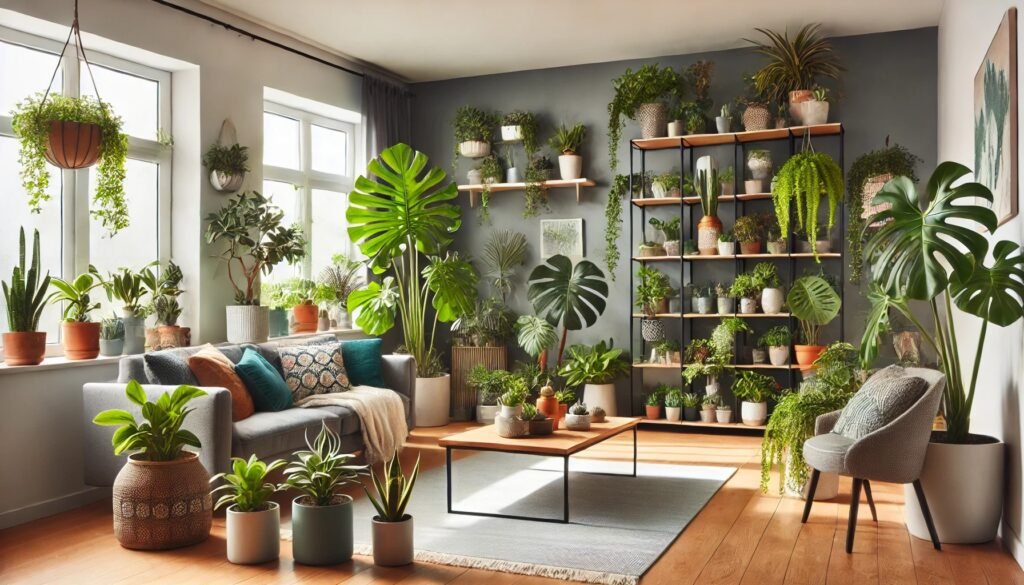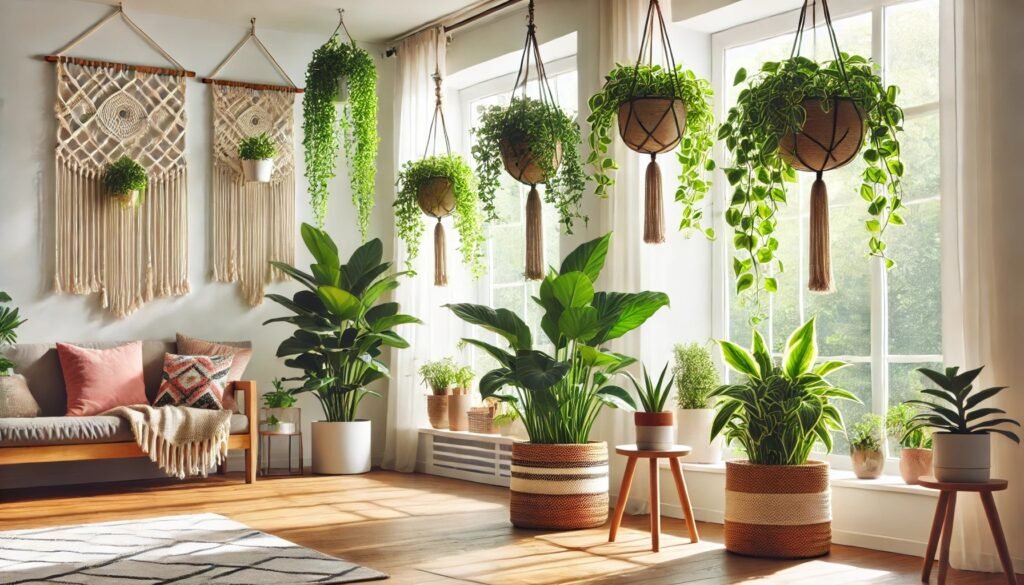
Gardening in a small yard can be challenging, but raised bed gardening makes it easier and more efficient. A raised bed is a contained garden space elevated above ground level. This method is perfect for those with limited space, poor soil, or physical limitations. Raised beds offer a range of benefits, from better soil management to improved drainage and accessibility. Let’s explore why raised bed gardening is an excellent choice for small spaces and how you can get started.
Advantages of Raised Bed Gardening
Raised beds provide numerous advantages that make them a popular choice for gardeners, particularly in compact areas. These benefits enhance both the gardening experience and plant health.
Improved Soil Quality and Customization
One major advantage of raised bed gardening is the ability to control soil quality. If you have poor soil in your yard, raised beds offer a solution. You can fill them with a customized mix that’s perfect for your plants. A blend of loamy soil, compost, and organic matter works well for most vegetables and flowers. This flexibility improves plant growth and yields, as your garden won’t rely on potentially nutrient-poor native soil.
Better Drainage
Raised beds enhance drainage, preventing water from pooling around plant roots. This is especially helpful if your yard is prone to waterlogging. Proper drainage reduces the risk of root rot and other water-related problems, keeping plants healthier. It also means you can garden earlier in the season since the soil in raised beds warms up more quickly than ground-level soil.
Easier Accessibility
For gardeners with physical limitations, raised beds are a game-changer. With their elevated design, there’s less bending and kneeling involved. You can even customize the height to suit your comfort. This feature makes gardening enjoyable and accessible for everyone, regardless of age or mobility.
Choosing the Right Location
Selecting the right spot for your raised bed is crucial. Place it in an area that receives at least six hours of sunlight per day. Most vegetables and flowers thrive in full sun, so a sunny location is ideal. Avoid shaded spots near large trees or buildings that could block sunlight or compete for water.
Consider proximity to a water source as well. While raised beds improve drainage, plants still need regular watering, especially in warm weather. Setting up your raised bed close to a water source or installing a drip irrigation system can make maintenance easier.
Picking the Right Building Materials and Size
The materials you choose for your raised bed can influence its durability and aesthetics. Popular options include:
- Wood: Cedar and redwood are naturally rot-resistant and look beautiful. Treated wood is more durable but ensure it’s safe for edible plants.
- Metal: Galvanized steel beds are durable and have a modern appearance. They last for many years and withstand weather changes well.
- Recycled materials: Old bricks or cinder blocks can be an eco-friendly and affordable option for creating a raised bed.
Optimal Size for Raised Beds
Keep your raised bed no wider than 4 feet (1.2 meters) so you can reach the center from both sides without stepping on the soil. The length can vary, but common sizes range from 4 to 8 feet (1.2 to 2.4 meters). A bed height of 12 to 18 inches (30 to 45 centimeters) is sufficient for most plants, while deeper beds up to 24 inches (60 centimeters) are ideal for root vegetables.
Maximizing Space for Vegetables and Flowers
Raised beds are perfect for optimizing planting space in small areas. Here’s how to make the most of your raised bed:
Plant in Rows or Blocks
Instead of traditional rows, consider block-style planting. This method maximizes space by grouping plants closer together. Companion planting can also help maximize your space while enhancing growth. For instance, tomatoes pair well with basil, and marigolds can help deter pests when planted near vegetables.
Vertical Gardening
In a small space, vertical gardening adds more planting area. Use trellises, stakes, or cages to support climbing plants like cucumbers, beans, and peas. This approach not only saves space but also improves air circulation and makes harvesting easier.
Tips for Companion Planting
Companion planting can enhance your raised bed’s productivity and help with pest management. Pair plants that support each other’s growth. For example:
- Carrots and onions: Onions can repel pests that target carrots.
- Tomatoes and marigolds: Marigolds deter nematodes and other insects harmful to tomatoes.
- Lettuce and radishes: Fast-growing radishes create space as they’re harvested, allowing more room for lettuce to spread.
Keeping Your Raised Bed Organized and Productive
Raised beds make it easier to maintain an organized garden. The defined space helps keep pathways clear and prevents plants from sprawling into unintended areas. Raised beds are also less likely to be invaded by weeds, and the contained environment makes them easier to manage. Regularly remove spent plants and apply mulch to retain moisture and reduce weeds.
Common Issues and Remedies
Even with raised beds, some challenges may arise. Here’s how to address common problems:
- Soil compaction: Avoid walking on the soil in raised beds. Use a reacher or extendable tool if needed.
- Pest control: Install mesh or row covers to protect against common garden pests. Raised beds are easier to cover than traditional gardens.
- Nutrient depletion: Amend the soil with compost or organic matter at the beginning of each season to replenish nutrients.
Final Thoughts

Raised bed gardening offers numerous benefits, especially for those with limited yard space. This method improves soil quality, drainage, and accessibility while allowing for a more organized and productive garden. With thoughtful planning and maintenance, your raised bed can flourish with vibrant vegetables and flowers. Whether you’re a seasoned gardener or a beginner, raised beds are a practical and beautiful way to make the most of your outdoor space.
Stay connected with the world of plants! Subscribe to Phylofy for expert gardening tips, DIY projects, and eco-friendly inspiration. Join our community and nurture your love for nature. Don’t miss exclusive content and updates. Subscribe now!



